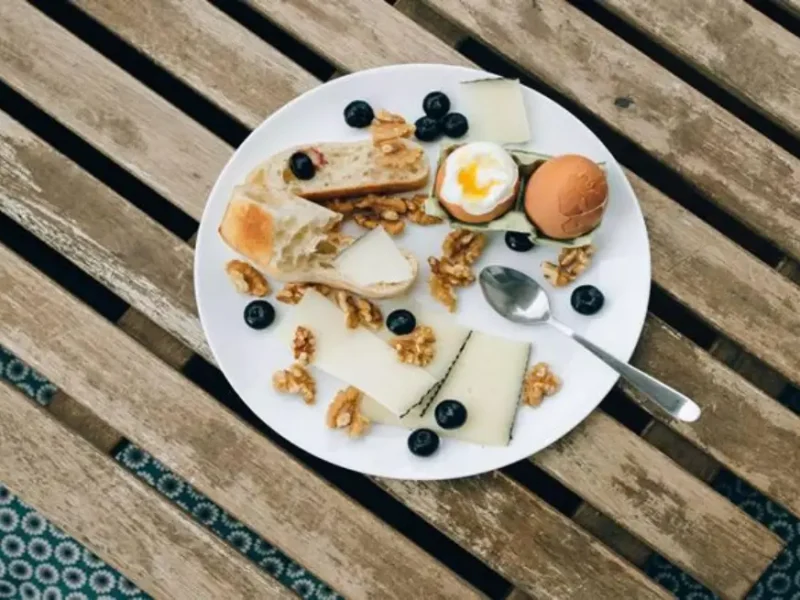
Pick Your Cookware With Care
Whether you’re feasting on savory courses or celebrating piquant evenings with your family, the right cookware can make or break both your dish and your health.
Saumya Aggarwal, Vice President – E-commerce and Marketing, Meyers Houseware India tells IANS how investing in healthy cookware will provide you with nutritious food for a lifetime.
* What we might not be aware of is that every piece of cookware is not designed to cook everything. Therefore, even with a shelfload of cookware, our food often does not turn out as expected. The choice of incorrect cookware to prepare something can either make it or break it. Many make most of their cookware out of just a few basic materials: ceramics, aluminum, cast iron, and stainless steel, to name a few.
* Safe cookware produces no hazardous substances when cooking. If it’s safe, it’ll depend on the production material and coating. Because it comes into close contact with food, the inner surface material, which could be a coating layer or a base material, is critical to safety. Cooking safely is essential, and you should be aware of which cookware to avoid while selecting the right one. Unfortunately, no single material can be an all-rounder for cooking all types of food.
*While cooking healthy meals, always keep this in mind:
Stainless steel: It is the inexpensive crown of durability in any kitchen. However, always check if it is marked “Food Grade” or not. If not food grade, then, ‘nickel’ a common metal used as an alloy in stainless steel cookware might leach into your food.
Cast iron: Slow cooking is great for cast iron and iron cookware. This function facilitates the release of iron in your meals, ensuring excellent results. With such cookware, even heating is achieved, which helps to preserve food nutrients and enhance the flavor of any meal. When you cook with cast iron, a little bit of the mineral is transferred from the pan to your meal and then to your body.
Anodized Aluminum: A long-standing kitchen staple, aluminum forms the bulk of cookware in any kitchen. But always remember that it’s highly reactive with acidic foods such as tomatoes, vinegar, and citrus; hence, it can also alter the food’s flavor and appearance. However, aluminum cookware that has been anodized (hardened through a process that renders it nonreactive) or clad in a non-reactive material, such as stainless steel or a non-stick coating, does not leach into, or react with foods. Additionally, excellent thermal conductivity, affordability, and exceptionally lightweight and scratch-resistant properties make it a “Super Material” for cooking.
Ceramic: Ceramic cookware evenly distributes heat throughout the cooking surface. Therefore, you won’t have to worry about food burning in certain parts while remaining undercooked in others. Many kinds of ceramic cookware can withstand extremely high temperatures because the enamel covering is formed of molten glass powder and topped with a porcelain glaze. Therefore, it’s perfect for searing meats and other products that need a lot of heat. Ceramic cookware is one of the most long-lasting cookware options.
Non-Stick: A souvenir of the 21st Century, non-stick pans are perhaps home to every kitchen in the world. Always check if your non-stick is PFOA free, lead-free and cadmium free. Remember that non-stick coatings can be made up of different types of materials which are toxic when ingested. Also, the non-stick coating chips off when scratched by rough-edged or metal utensils or abrasive scouring pads.
* Certain minerals, metals, and nutrients are required for human survival, yet they are not created by our bodies. Cookware composed of natural materials such as copper, bronze and brass help to release a little quantity of these metals during cooking. Similarly, chopping boards, bowls, spatulas, and other wooden goods are typically manufactured from neem or mango wood. These goods are completely safe to use for food preparation because they are composed of natural materials.



